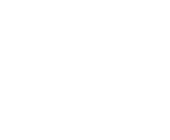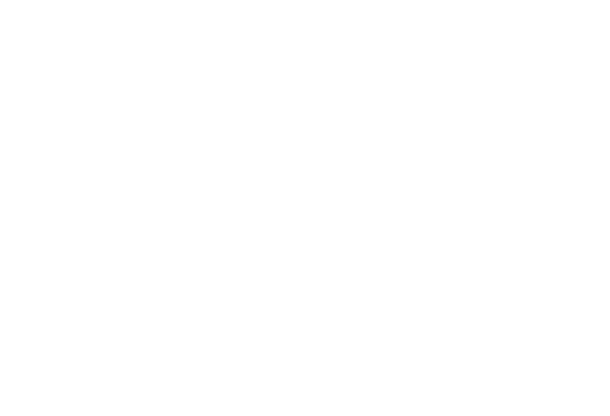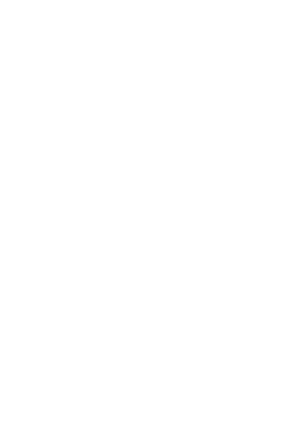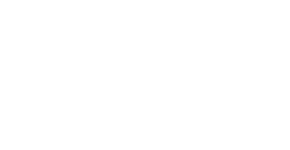 |
 |
 |

|
Aniela Hoitink
Overview samples
Batch testing of mycelium growing in textiles.
Photo: Aniela Hoitink
|
|
 |
SYMPOSIUM BIODESIGN IN TEXTILES
Spring symposium
18/5/2015
start at 10am
Rijksmuseum Volkenkunde Leiden
BIODESIGN IN TEXTILES
Nowadays designers are increasingly making more use of animal and vegetal materials in order to create radical new design concepts. (Micro)organisms, such as fungi, bacteria and algae, can be used to either make, improve or influence textile. So-called 'living' textile which has not been produced mechanically, but 'grown'.
During the Spring Symposium 2015 the Textielcommissie.nl wishes to demonstrate new developments in the area of biologically manufactured textiles. What will these textiles do for us? Are we able to control fungi and bacteria and can textiles manufactured with or from these microorganisms be stored in museum collections? Will bio textiles demand other requirements with regards to restoration and conservation?
|

|
Posted 1 March 2015
|
Share this:
|
|
The Spring Symposium of the Textielcommissie.nl will take place adjacent to the Textiel Festival 2015 in Leiden (13-16 May) and is also open to participants of the 17th European Textile Network (ETN) Conference as well in Leiden (16 and 17 May).
Biotextile on Pinterest!
We have added a board to our Pinterest page with interesting links to bio textile designers. Although we were not able to program all subjects, this will give you a nice insight on what to expect during our Spring Symposium 2015 in Leiden! Go to: Biotextiel op Pinterest.
|
|
|
|
|
|
|

Carina Wagenaar
Butterfly top, fashionable insects?Design: Carina Wagenaar ?Photo: Carina Wagenaar
|
|
|
|

|

|

|

Rasa Weber
Algaemy
Investigating the potential of microalgae in textile-printing.
Videostill: Blond & Bieber
|
|
PROGRAMME
20 minutes lectures:
1 Biodesign in textiles, development, possibilities and applications
William Myers, curator/author/lecturer Biodesign at Design Academy, Eindhoven (NL)
www.biology-design.com
2 Bacterial cellulose for textiles
Bernhard Schipper, designer and lecturer at Burg Giebichenstein, University of Art & Design, Halle (G)
www.pinterest.com/dustdbugger/scobytec/
3 Growing future textiles with tissue engineering
Amy Congdon, biological designer, London (UK)
www.amycongdon.com
4 Textile printing with algae
Rasa Weber, Head of Design Studio Blond & Bieber, Berlin (DL)
www.blondandbieber.com
5 Bacterial painting and printing on textiles
Natsai Audry Chieza, biological designer and research assistant Textile Futures Research Centre, London (UK)
www.natsaiaudrey.co.uk
6 The conservation of a Victorian dress decorated with 1000 beetlewings
Natalia Zagorska-Thomas, conservator at Zenzie Tinker Conservation Ltd, Brighton (UK)
www.zenzietinker.co.uk/work/case-study-one/
|
|
|
|
|

|

|

|
Presentation flash / 5 minutes lectures
-The development of textile made of mycelium
Aniela Hoitink, researcher and designer in association with University Utrecht, MediaMatic and Officina Corpuscoli, Amsterdam (NL)
www.neffa.nl
-Bustiers decorated with flies and butterflies
Carina Wagenaar, stylist and fashiondesigner, Beuningen (NL)
www.carinawagenaar.nl
-Pest control in textile collections by parasitic wasps
Marieke van Es, textile conservator, Antwerp (BE)
Due to the international character of the symposium, the official language is English.
Fee for participation in one symposium in 2015:
€ 45,- supporters
€ 20,- student-supporters
€ 60,- non-supporters (free yearbook not included)
€ 22,- students who are not supporters (free yearbook not included)
Symposia
The Textile Commission organizes textile symposia (formerly 'textile days') twice a year. The symposia have an interdisciplinary approach in which conservators, (art) historians, artists, scientists and technicians contribute in the form of an illustrated talk. Each symposium treats a theme on which specialists shine their light. Besides the talks, symposiums provide the perfect opportunity to meet professional colleagues, share experiences and to make and maintain contacts. Usually the symposia are held at the Rijksdienst voor het Cultureel Erfgoed in Amersfoort.
FUTURE SYMPOSIA (to be confirmed)
Thursday 12 November 2015: Leather, Rijksdienst voor het Cultureel Erfgoed, Amersfoort
Thursday 14 April 2016: Hair (working title), Centraal Museum, Utrecht
Thursday 12 November 2016: Confection (working title)
Registration
Registration for TC supporters is possible from 1 March 2015.
Registration for non-supporters is possible from 15 March 2015.
Online booking is now open. You can download the programme in PDF. You can download the notification in PDF.
Textielcommissie.nl
P.O.box 15728
NL-1001 NE Amsterdam
info@textielcommissie.nl
http://textielcommissie.nl
Venue:
MUSEUM VOLKENKUNDE / National Museum of Ethnology
Steenstraat 1
NL-2312 BS Leiden, Nederland
+31 (0)88-0042800
volkenkunde.nl
|
|

Natsai Audrey Chieza
Streptomyces bacteria
They can be induced to generate different pigments by contaminants.
By: Natsai Audrey Chieza
Photo: Natsai Audrey Chieza
|
|
|
|
|
|
|
|
|
|


